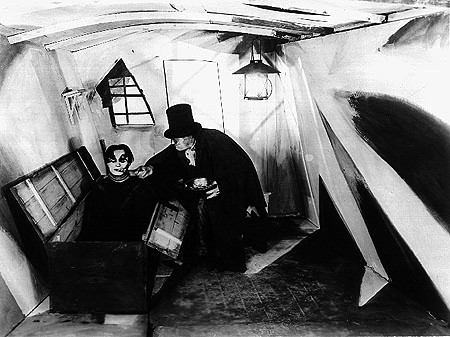
Decay & Decrepitude in Motion Picture
Introduction >>>TAKE1

Motion picture has always had the power to tell the story successfully, with the most accurate outcome of its intentions. Usually, global awareness on socioeconomic, political and cultural apprehensions of our society have been continually heard and understood by the voices of daily newspaper or television, books and journals, however with no more potency and energy brought on by the music heard and images seen on the silver screens around the world. Film media has a strategy not just to entertain its audience, but to question its ideals and moral aspirations, its belief in good and disengagement of evil. This is ultimately the reason why we are so drawn to the movies. The images in them are reiterated in us giving us a possibility to understand ourselves and things around us. It offers different personas in which we have a choice in accepting or liberating ourselves from. It reminds us to love and cherish, respect and rejoice. It makes us sad, it makes us laugh or in some cases it scares us. In this particular episode, we concentrate on the movies that engage fear by the means of careful illustration of decay and decrepitude in motion picture. The decrepit factor is easy to explain: a state in which the objects are no longer in use, or old, malfunctioning or just plain outdated. Decay in cinema is mostly referred to as ‘decadence’, a degenerating phenomenon that seems to be the benefactor of the entire moral state of our generation. It announces the start of our decaying social status, entropy of our moral persistence.

As our architectures, cinema has too moved onto a postmodern style. Expressionism has always been the driving force behind any artistic media and in cinema too, especially in ‘fantasy’ genres, the preconceiving concept of ‘avant garde’ vision of the future was a generating force. These are slightly different from other sci-fi movies, where a generating force is a sole exploration of the unknown. What I question here is the future of a man in the present tense, his psychological condition in crisis that influences morality of the social state in its entirety. The earliest and perhaps the most successful versions of this attitude of filmmaking is Robert Wiene’s ‘The Cabinet of Doctor Caligari’. Others include Scott Ridley’s ‘Blade Runner’, presenting a dystopic future of the urban environment, Stanley Kubrick’s ‘A Clockwork Orange’, a pessimistic and cynical re-representation of social disorder, and Terri Gillian’s ‘Brazil’, illustrating a decadent society inhabiting a dark and post-apocalyptic city environment. What these movies have in common is the constant voice of the arbiter behind the picture, a lurking presence of the invisible persona that illuminates the notion of social decadence and decrepitude. They are influential, not entertaining for the entertainment’s sake, but in a way disturbing and hyper-real in the attempt to cross-reference man’s demeaning cognitive attitude and reasoning. These films are in a sense a cross-reference of us, a visionary state of our reflection. In them, the decay of our social dogma is illustrated in a most obstinate way, but with one critical question in mind: ’Are we in the process of apocalypse of our own moral well being?’